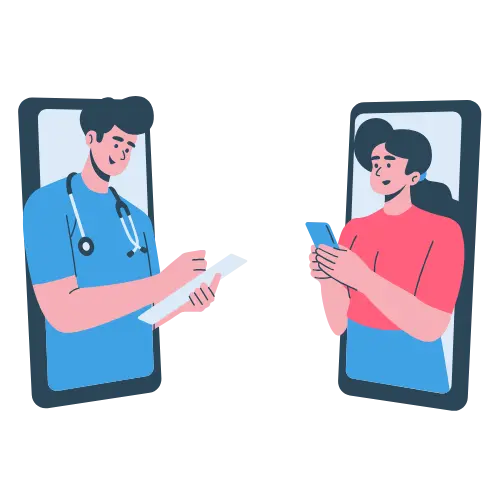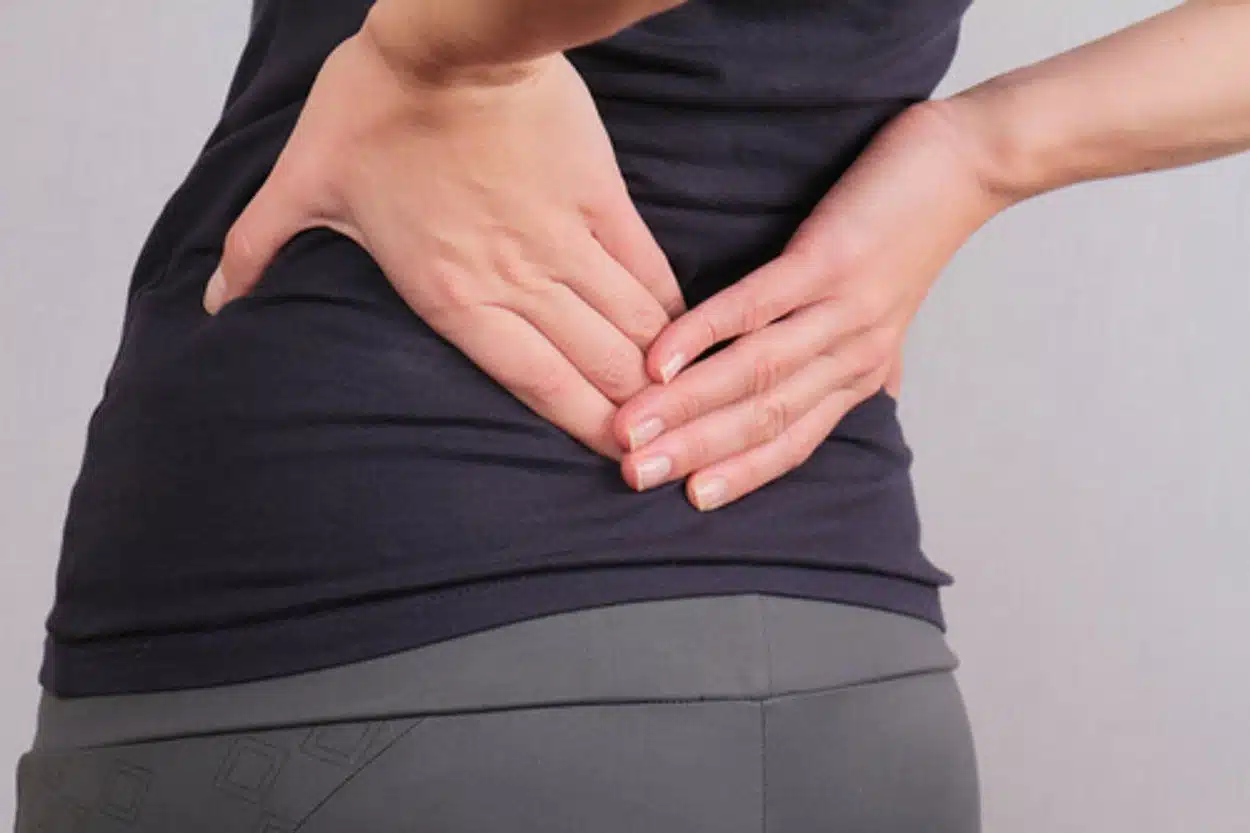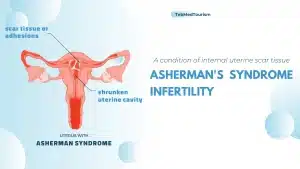Disc herniation : Spinal cord is made up of all individual bones, known as vertebrae, together making the spine. Disks that sit between the vertebrae are known as intervertebral discs. The primary function of these discs is to support the spine and protect it by absorbing shocks between the vertebrae. Every person has typically 23 discs in the spine area, each of which made up of three main components:
- Annulus fibrosus: The tough outer layer of disc that surrounds the nucleus pulposus.
- Nucleus pulposus: The inner gel-like portion of the disc that provides the flexibility and strength of the spine.
- Cartilaginous endplates: parts of cartilage that reside between the central part of the disc and its adjoining vertebrae.
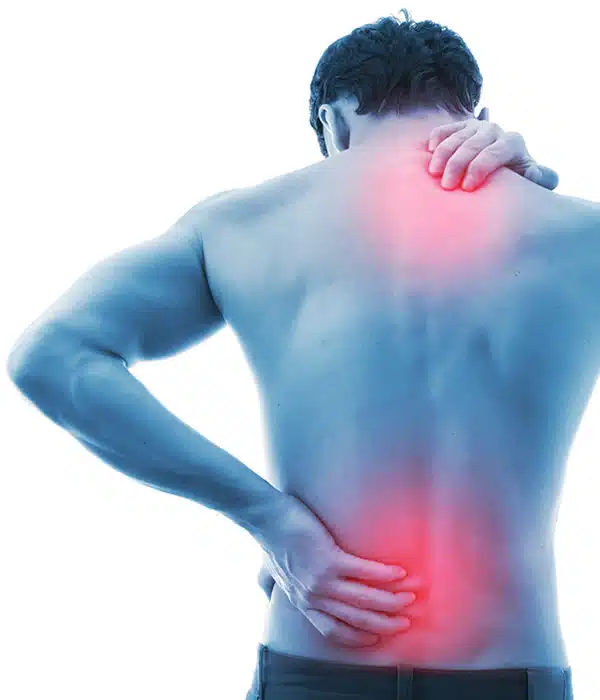
Herniated disc happens due to fibrosis or torn in parts of the spine. This damage allows some parts of the nucleus purposes to push toward the spinal canal, press on nerves, and exhibiting itself with pain and movement complications.
The disc herniation (also called dislocation or rupture of the disc) is a part of the disc nucleus that is ejected from the ring due to rupture or dislocation and pressure.The disc herniation is usually in the early stages of degeneration. The spinal canal has limited space that is insufficient for the spinal nerve and the dislocated segment. Because of this movement, the disk presses on the spinal nerves and often produces pain that can be severe. In this case, if careful treatment options, such as physiotherapy and medication do not completely reduce or end the pain, your doctor may recommend disc herniation surgery to the patient. The doctor will talk to the patient about the types of surgery available for the spine and will help determine the appropriate treatment depending on the particular case. Disc herniation can occur in any part of the spine but is more common in the lumbar spine (lumbar spine) and also occurs in the neck (cervical spine). The area of pain depends on which part of the spine is affected. The benefits of disc herniation surgery should always be carefully considered against its risks.
Types of Disc Herniation Surgery
Lumbar spine surgery
Lumbar laminectomy is a method often used to relieve leg pain and sciatica caused by disc herniation. This procedure is performed by incision in the lower part of the lumbar center in the disc herniated area. This may remove part of the lamina. When incisions are made on the skin, the muscles are removed so that the surgeon can see the back of the vertebrae. To access the disc herniation, a small cavity is created between the two vertebrae. After the disc is removed through a discectomy, the spine must be fixed. Spinal fusion is often performed in conjunction with laminotomy. In more severe cases, laminectomy may be performed. In this case, we have the following: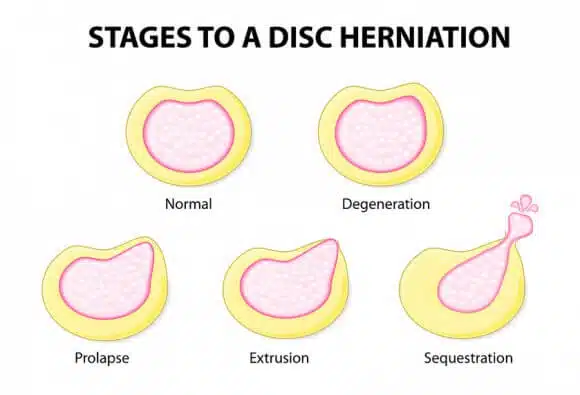
In an artificial disc herniation surgery, an incision is made in the abdomen and the defective disc is removed and replaced. Only a small percentage of patients are eligible for artificial disc herniation surgery. The patient should only degenerate on one disc, between the L4 and L5 or L5 and S1 vertebrae (the first sacral vertebrae). The patient should undergo at least six months of treatment, such as physiotherapy, pain medication, or use of a lumbar brace, with no signs of improvement. The patient should be in public health, with no signs of infection, osteoporosis or arthritis. If the disc degenerates into more than one disc or severe leg pain, the patient will not be eligible for disc herniation surgery.
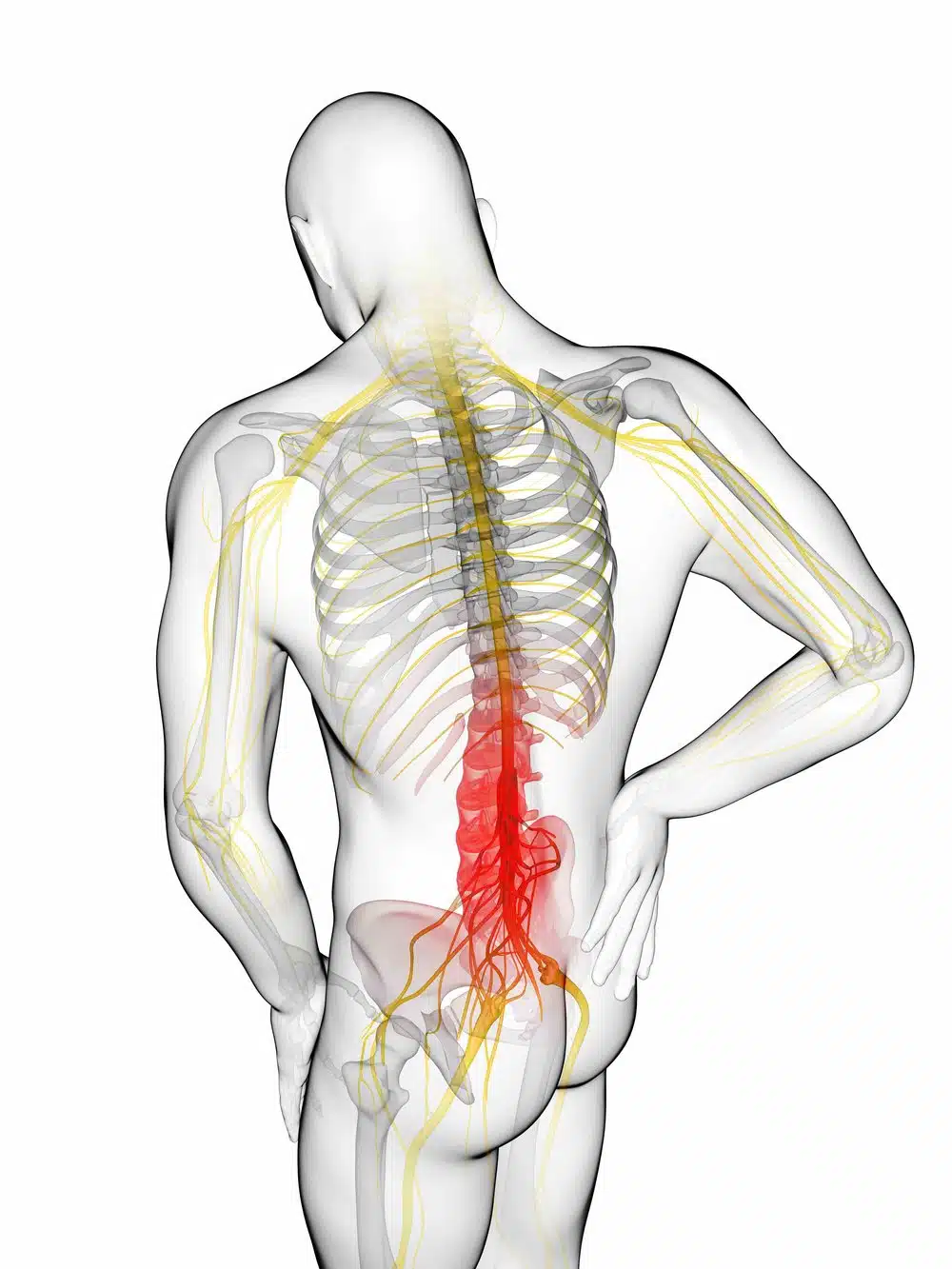
Cervical spine surgery
The medical decision whether to perform surgery from the front of the neck (anterior section) or back of the neck (posterior section) depends on the exact location of the disc herniation, as well as the surgeon’s experience and preference. Part of the lamina may be removed through a laminotomy followed by a discectomy. After disc resection, the spine requires stabilization, which is accomplished using a cervical (cervical) plate and screw (tool) and, often, spinal fusion. In this case, we have the following: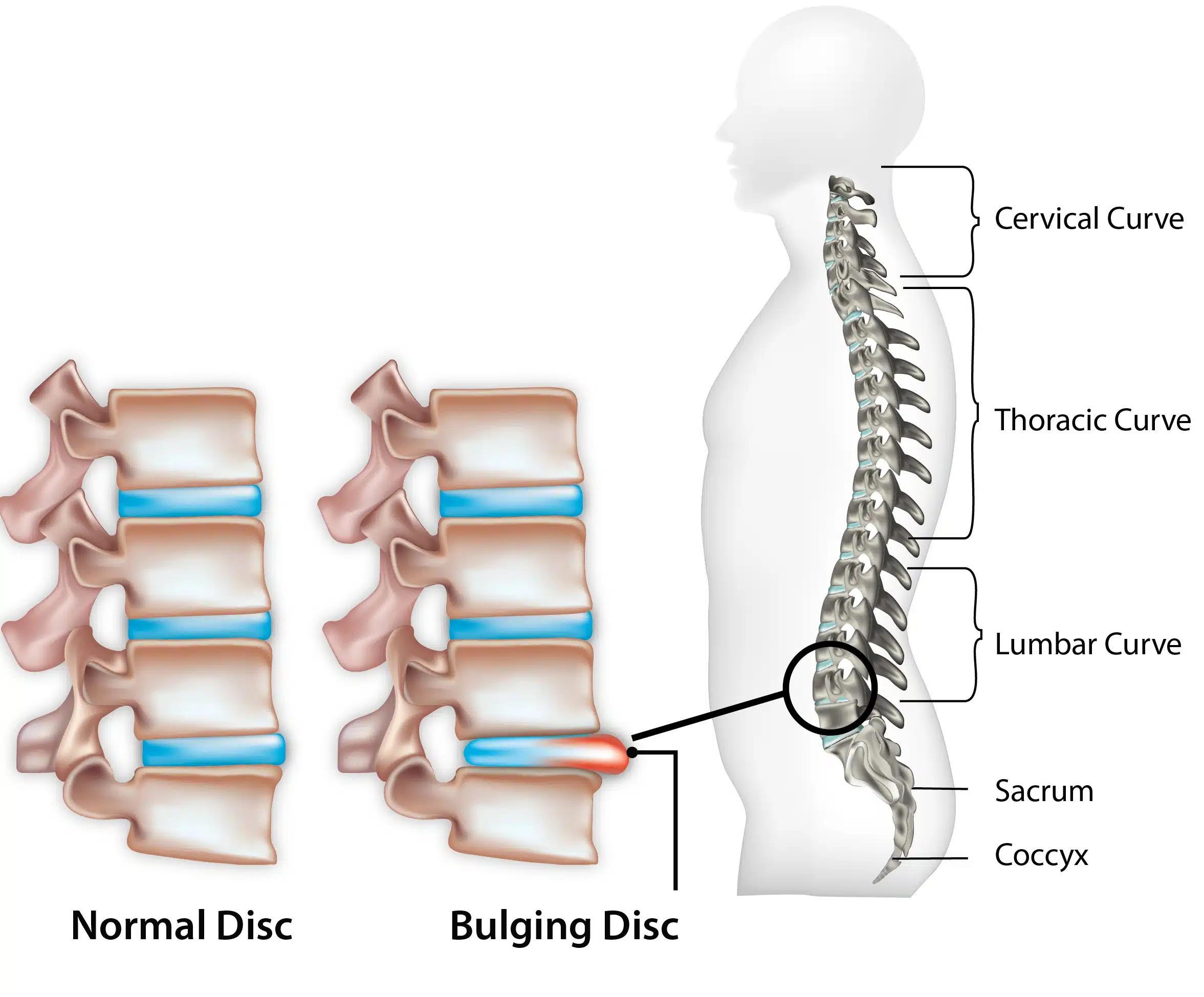
After disc herniation surgery, your doctor will give you specific instructions and will usually prescribe painkillers. Your doctor will help you determine when you can resume your normal activities such as returning to work, driving, and exercising. Some patients may benefit from post-operative regulatory and physiotherapy rehabilitation. When you return to your normal activities of life, pain is an alarming signal, which means you need to slow down.
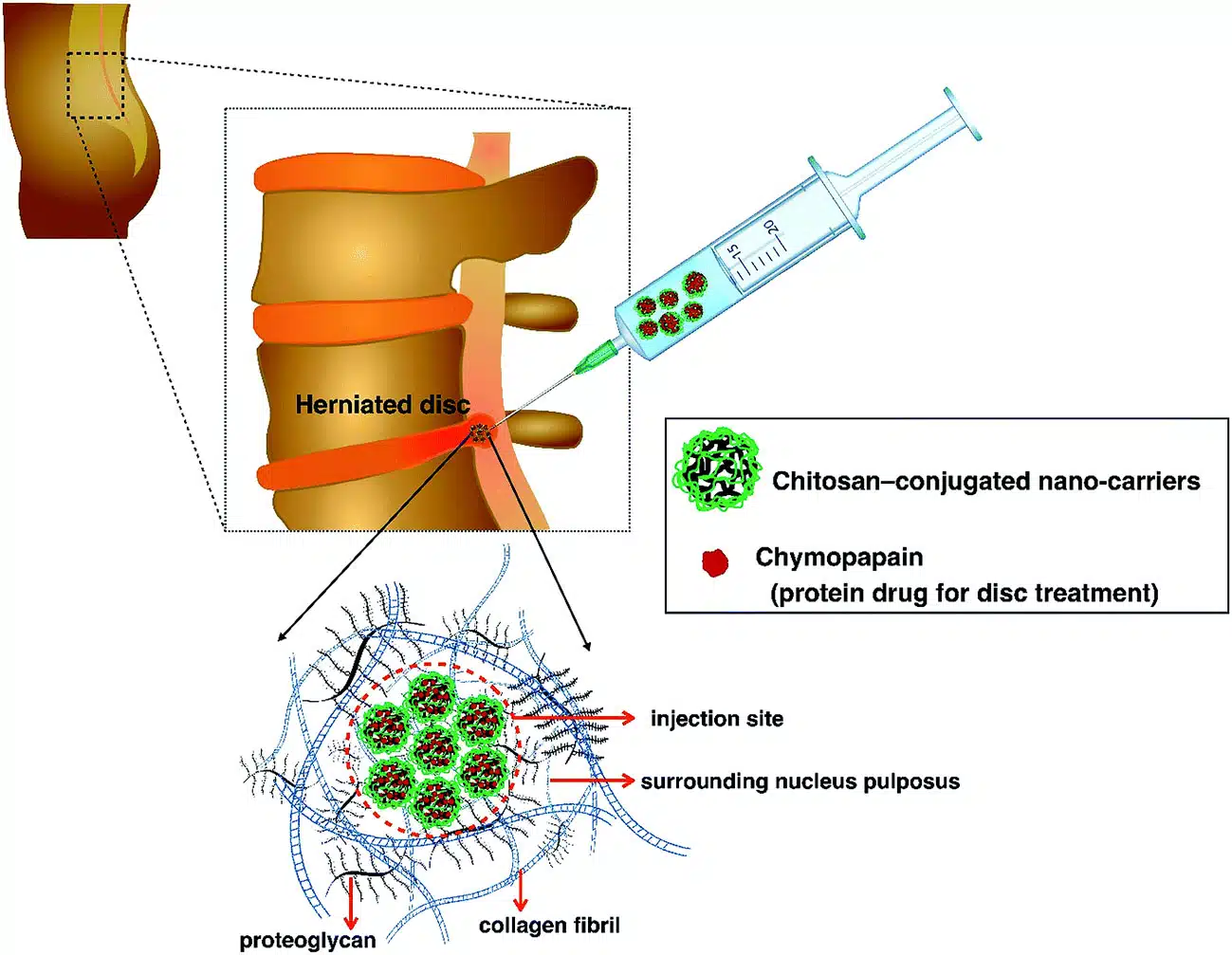
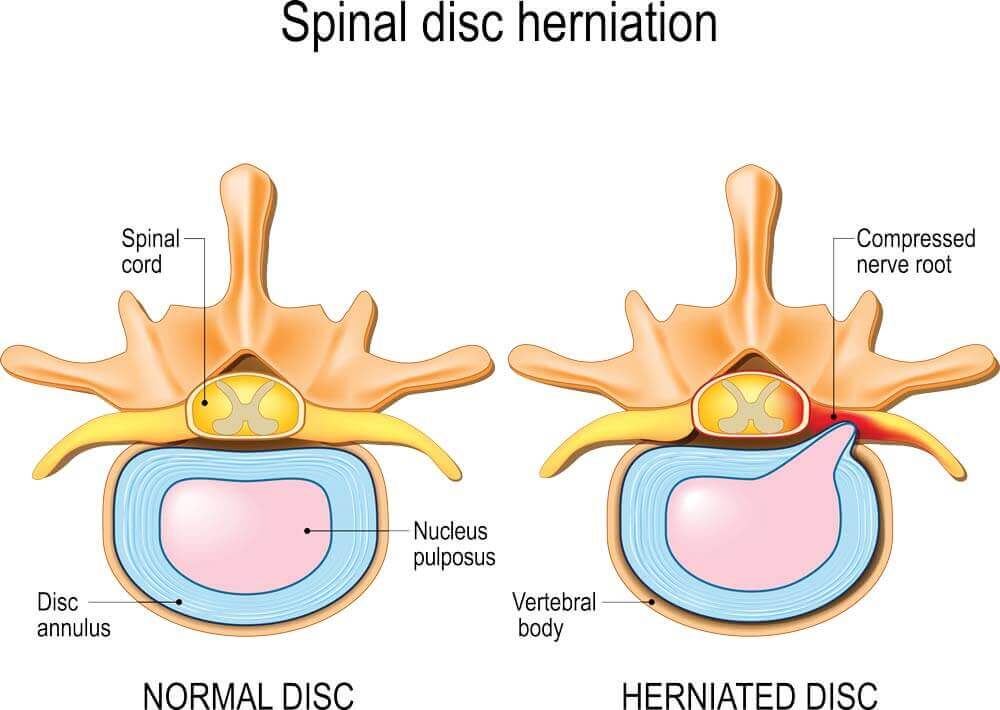
Who will be affected by disc herniation?
Usually, disc herniation can occur at different parts of the body, but it’s more probable in the lower back and neck regions. Each year from every 1000 adults, almost 2-50 people in the age interval of 20 to 49 will face disc herniation.Who does need to have disc herniation surgery?
In most of the cases, people facing this complication do not need to have disc herniation surgery. Usually, patients will recover over a day or week without using surgical treatments. It is also interesting to mention that some people who have disc herniation do not experience any symptoms. However, if the pressure gets to nerves, it can be painful and affect the daily activities of patients. These symptoms are accompanied by numbness and weakness in parts of the body where nerves are affected. In these cases, usually doctors start with conservative treatments, such as physiotherapy and nonsteroidal anti-inflammatory drugs. In severe cases and based on the level of patient’s disability and pain, doctors may recommend the disc herniation surgery.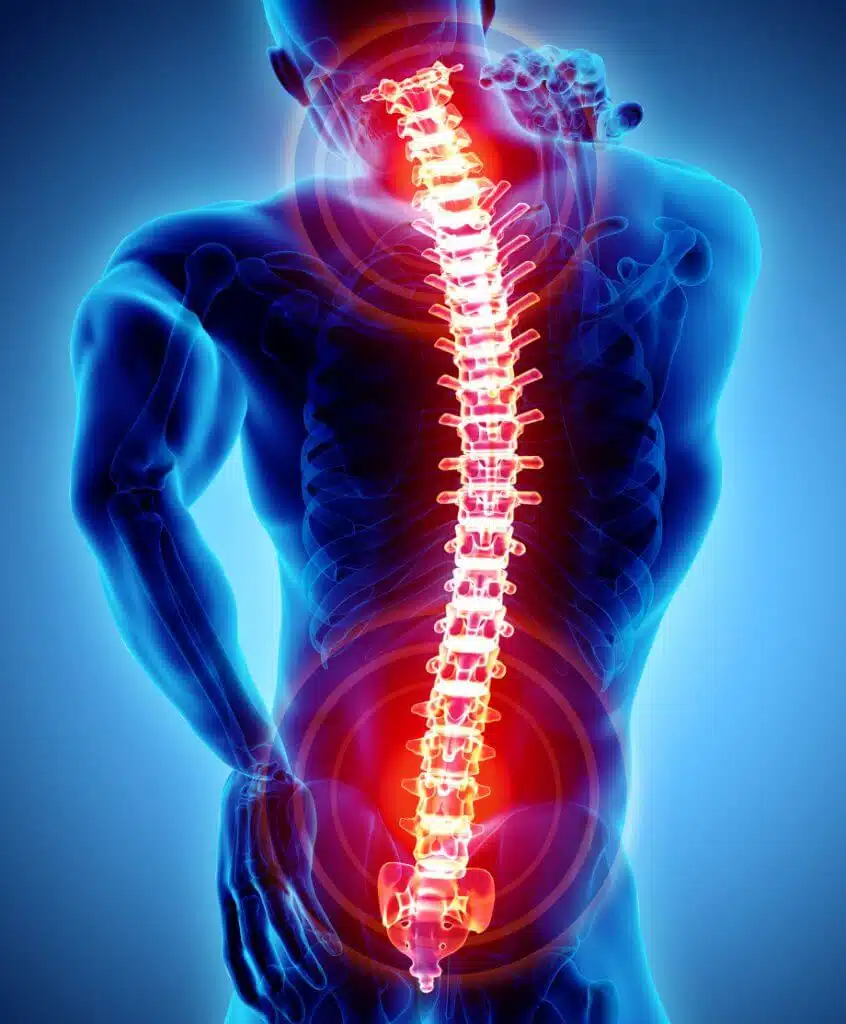
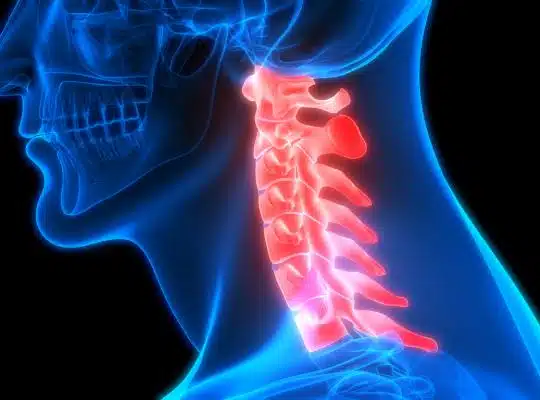
How long is the recovery of disc herniation surgery?
Usually, patients recover in a short time after the disc herniation surgery. In most of the cases, patients will be discharged from hospitals 24 hours after the surgeries. Some standard post-operation instructions after the disc herniation surgery are as follow:- Not bending over
- Not lifting heavy weighted pieces of stuff
- Avoiding driving and sitting for long times.
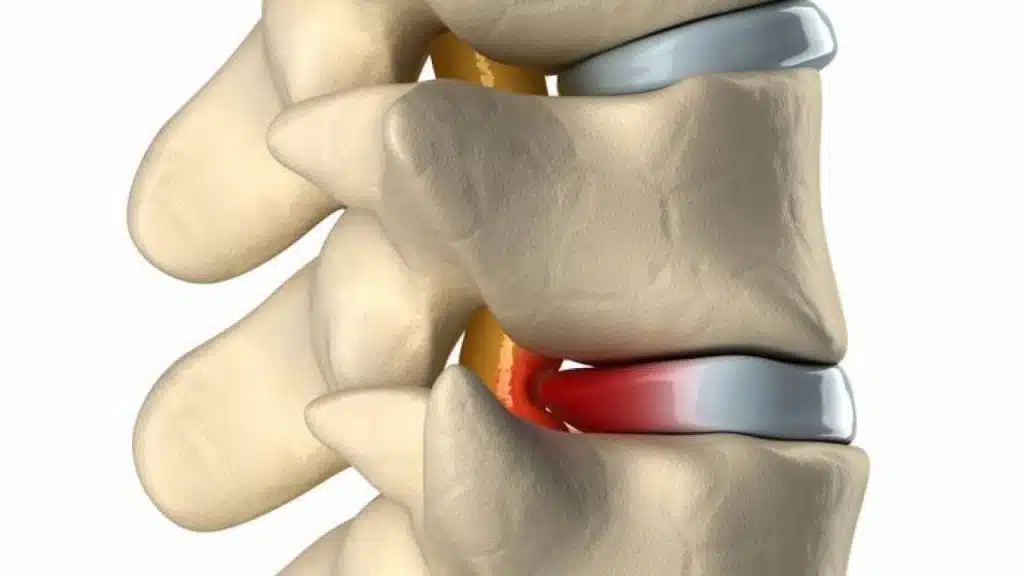
What are the risks of the disc herniation surgery?
The rate of complications is particularly low for the disc surgery. However, in rare cases, patients may experience difficulties as follow:- infections
- bleeding
- injuries to nerves
- damages to the spine’s protective lining

